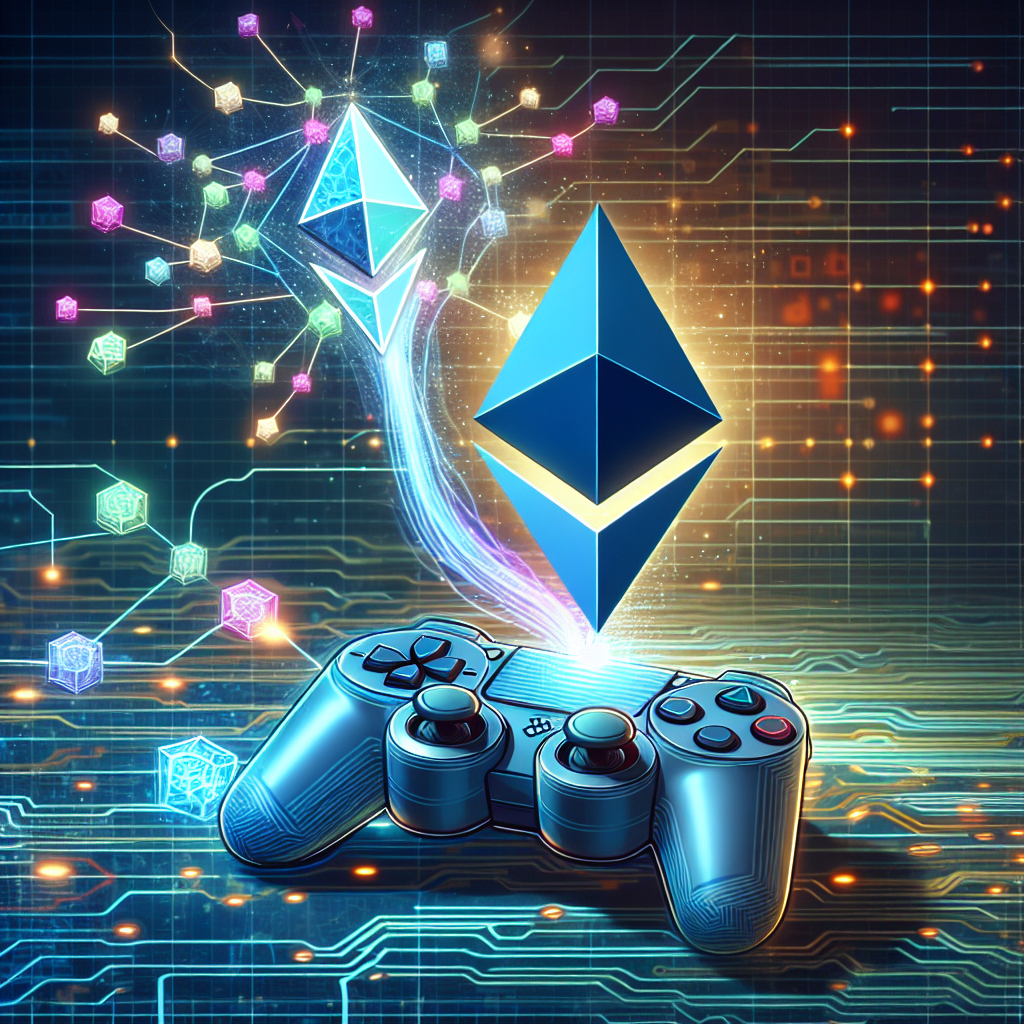The Expansion of Ethereums Abstract Layer-2 Network and Its Impact on Gaming Blockchain and Cryptocurrency

The Expansion of Ethereum's Abstract Layer-2 Network and Its Impact
The Ethereum blockchain, a pioneer in decentralized applications and smart contracts, has faced scalability challenges that have hindered its widespread adoption. High transaction fees (gas fees) and slow transaction speeds have been persistent issues, particularly affecting applications that require frequent and low-cost interactions, such as blockchain gaming and decentralized finance (DeFi). To address these limitations, the Ethereum community has developed Layer-2 scaling solutions, which operate on top of the main Ethereum chain (Layer-1) to process transactions off-chain, thereby reducing congestion and improving performance. The emergence of abstract Layer-2 networks represents a significant evolution in this space, offering greater flexibility, customizability, and potential for innovation across various sectors, most notably gaming, blockchain infrastructure, and the broader cryptocurrency ecosystem.
Abstract Layer-2 networks go beyond simple transaction processing improvements. They enable developers to build highly customized and application-specific environments tailored to the unique needs of their projects. This is achieved through mechanisms that allow developers to define their own execution environments, data availability schemes, and consensus mechanisms within the Layer-2 network. The abstract nature of these networks facilitates the creation of specialized solutions that wouldn't be feasible or efficient on the main Ethereum chain. For instance, a blockchain game might require very low latency and high throughput, which can be achieved by optimizing the Layer-2 network for fast block times and minimal transaction overhead. Similarly, a DeFi application might benefit from enhanced privacy features or specialized smart contract functionalities that are implemented at the Layer-2 level.
The impact on blockchain gaming is particularly noteworthy. Traditional gaming platforms often struggle with issues like centralized control, lack of true ownership of in-game assets, and limitations on cross-game interoperability. Ethereum-based games can address these problems by leveraging non-fungible tokens (NFTs) to represent in-game items and characters, giving players verifiable ownership and the ability to trade their assets freely. However, the high gas fees on Ethereum have made many of these games economically unviable, especially for frequent microtransactions. Abstract Layer-2 networks provide a solution by enabling game developers to create dedicated gaming chains with significantly lower transaction costs. This allows players to buy, sell, and trade in-game assets without incurring exorbitant fees, making blockchain gaming accessible to a wider audience. Furthermore, abstract Layer-2 solutions can facilitate more complex and engaging gameplay mechanics, such as decentralized governance of in-game economies and dynamic NFT characteristics that evolve based on player actions.
Beyond gaming, abstract Layer-2 networks are driving innovation in other areas of the blockchain ecosystem. They enable the creation of specialized DeFi platforms with enhanced security features, improved capital efficiency, and novel financial instruments. For example, a Layer-2 network could be designed specifically for decentralized derivatives trading, allowing for complex options and futures contracts to be executed with minimal slippage and reduced risk of front-running. The ability to customize the execution environment also opens up possibilities for privacy-preserving DeFi applications, where user data and transaction details are protected from unauthorized access. This is particularly important for institutions and sophisticated investors who require a high degree of confidentiality when participating in decentralized markets.
The expansion of abstract Layer-2 networks also has implications for the broader cryptocurrency landscape. These networks can act as testing grounds for new blockchain technologies and consensus mechanisms, allowing developers to experiment with innovative ideas without risking the security or stability of the main Ethereum chain. Successful innovations can then be gradually integrated into Ethereum itself, leading to continuous improvements and upgrades. Furthermore, abstract Layer-2 networks can facilitate greater interoperability between different blockchain ecosystems. By creating bridges between Ethereum and other Layer-1 blockchains, these networks can enable seamless transfer of assets and data, fostering a more interconnected and collaborative blockchain environment. This interoperability is crucial for unlocking the full potential of decentralized applications and creating a more robust and resilient cryptocurrency ecosystem.
However, the development and adoption of abstract Layer-2 networks also present some challenges. One major concern is the complexity of building and maintaining these networks. Developers need to have a deep understanding of blockchain technology, cryptography, and distributed systems to effectively design and implement abstract Layer-2 solutions. The need for specialized expertise can be a barrier to entry for smaller teams and independent developers. Another challenge is ensuring the security and reliability of Layer-2 networks. Since these networks operate independently from the main Ethereum chain, they are vulnerable to different types of attacks. Robust security measures and rigorous testing are essential to protect against vulnerabilities and prevent potential exploits. Finally, the fragmentation of liquidity across multiple Layer-2 networks can pose a challenge for users. If liquidity is spread too thinly, it can lead to increased slippage and reduced trading efficiency. Therefore, it's important to develop mechanisms for aggregating liquidity and enabling seamless cross-Layer-2 transactions.
In conclusion, the expansion of Ethereum's abstract Layer-2 network represents a paradigm shift in blockchain scaling and application development. By offering greater flexibility, customizability, and performance, these networks are unlocking new possibilities for gaming, DeFi, and the broader cryptocurrency ecosystem. While challenges remain, the potential benefits of abstract Layer-2 solutions are immense. As the technology matures and the ecosystem evolves, we can expect to see even more innovative and transformative applications built on these networks, further solidifying Ethereum's position as a leading platform for decentralized innovation and ultimately driving the adoption of blockchain technology worldwide.
Read more at https://allaboutblockchain.xyz/post/the-expansion-of-ethereums-abstract-layer-2-network-and-its-impact-on-gaming-blockchain-and-cryptocurrency/
Disclaimer: The information on this article and the links provided are for general information only and should not constitute any financial or investment advice. I strongly recommend you to conduct your own research or consult a qualified investment advisor before making any financial decisions. I am not responsible for any loss caused by any information provided directly or indirectly on this website.
Comments
Post a Comment